About Akita’s Traditional Crafts, Nurtured by Abundant Forests
Akita Prefecture is a lush, green prefecture, with 72% of its land being covered by forests.
The majority of these forests are made up of cedar, oak, and beech trees. Currently, lumber and plywood are produced for residential construction, making the lumber industry one of the prefecture’s most important industries.
Akita Prefecture has long been a thriving region, leveraging its abundant forest resources to produce traditional crafts. Here, we will introduce these several varieties, and hope visitors will experience the charm of Akita’s traditional crafts.
For more information, please visit the “Teshigoto Akita” website (https://akita-tesigoto.jp/)
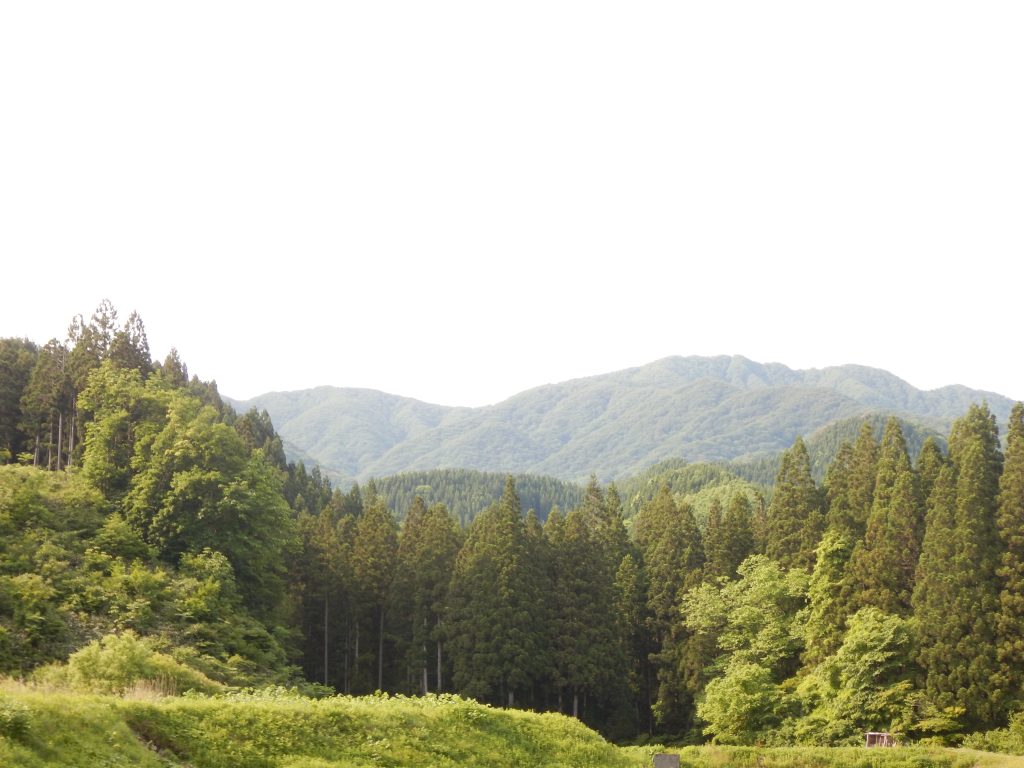
(Photo: Satoyama in Akita Prefecture)
○Kabazaiku cherry bark crafts
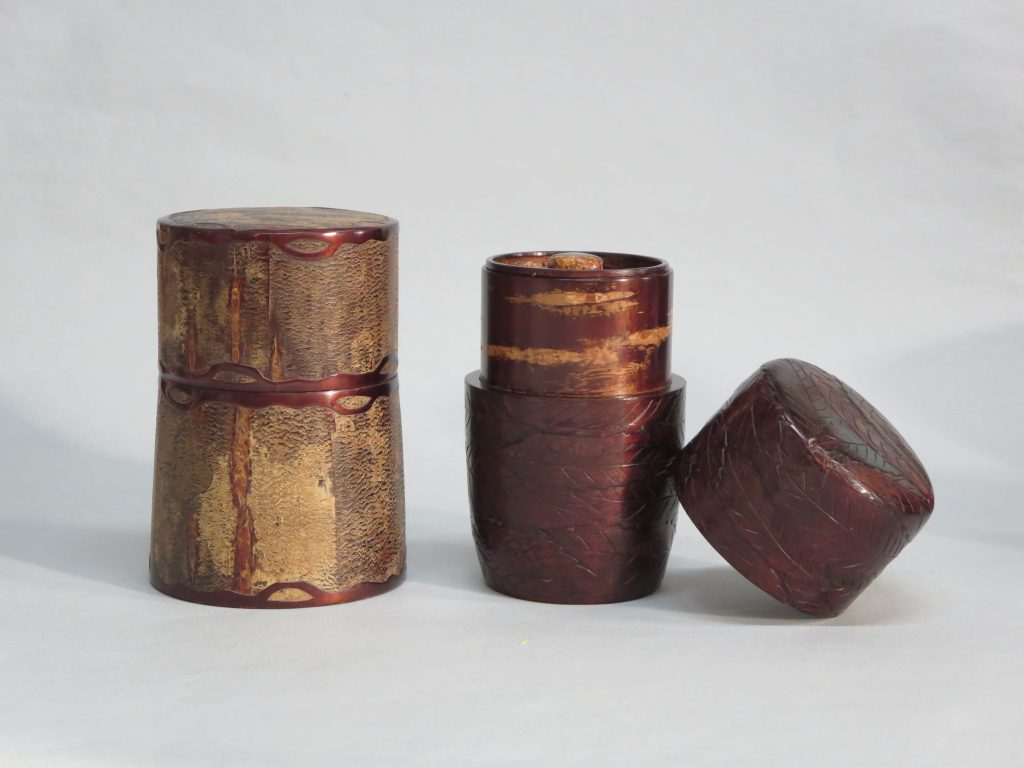
As the name implies, Kabazaiku are traditional crafts made using wild cherry tree bark, and are produced in Kakunodate district, Semboku City, also known as the “Little Kyoto of Tohoku region.”
The bark of the wild cherry tree is skillfully peeled off and then polished to a finish. A distinctive feature of the peeled wild cherry tree is that new bark grows back, giving it a completely different appearance than before, which may be utilized for the futute production of Kabazaiku.
This craft is said to have begun around 230 years ago as a side job for samurai, producing items such as inrŌ (a type of medicine case) and dŌran (a case for carrying cigarettes or pipes), and due to its excellent moisture-proofing and drying-resistant properties, cherry bark crafts continue to be loved by many people for everyday items such as tea canisters.
○Odate Magewappa cedar bent wood crafts
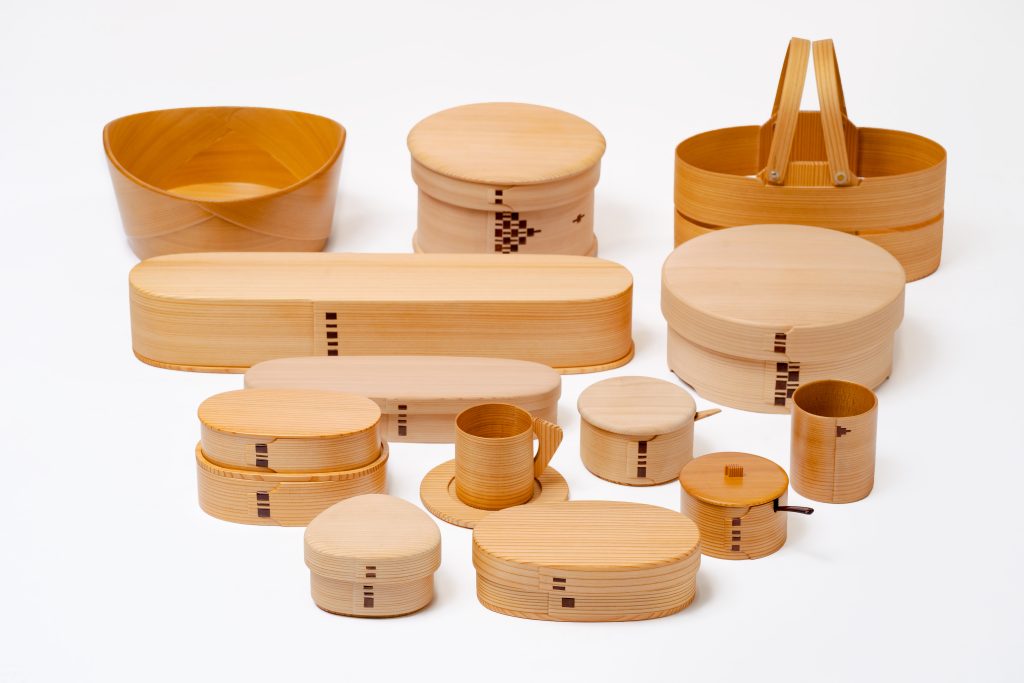
Along with the Akita dog, the Odate Magewappa is a local specialty of Odate City. They have a long history, having been discovered in ruins dating back to the early 10th century.
The technique of making Magewappa has been passed down through generations of artisans; it involes thinly shaved Akita cedar wood softened by being soaked in hot water, then bent and sewn together with mountain cherry bark. While production has declined due to the tough competition from other materials like aluminum, steel, and plastic, in recent years Magewappa have become beloved by authentic-minded people who value safety and the qualities of natural materials.
○Kawatsura lacquerware
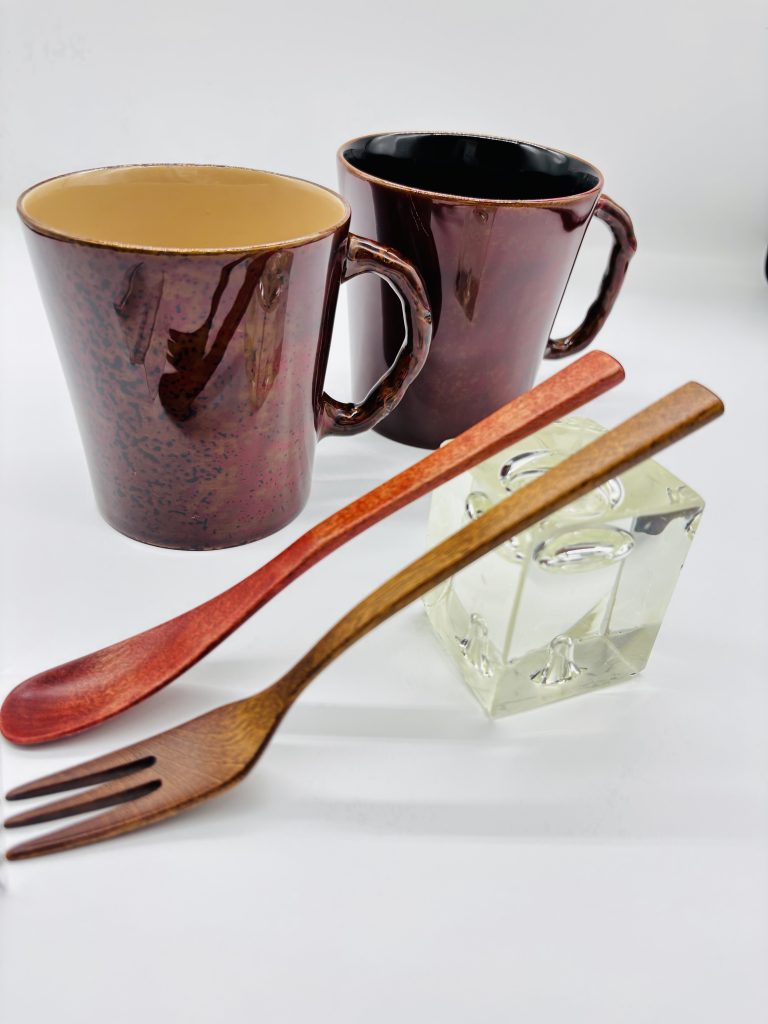
It is said that the Kawatsura lacquerware industry began around 830 years ago when the younger brother of a feudal lord who lived in the area had his vassals lacquer his armor as a side job. The lacquerware industry began in earnest in the mid-17th century, and Kawatsura, blessed with efficient water transportation, developed into a major lacquerware production center.
Characterized by its “hananuri lacquering,” in which the wood base is smoked and then generously coated with lacquer to finish without polishing, Kawatsura lacquerware is light and durable, and has been used as practical tableware on the everyday dining table. Today, interior goods, coffee cups, and other products that are suitable for the lives of people overseas are also made.
○Akita Cedar Barrels
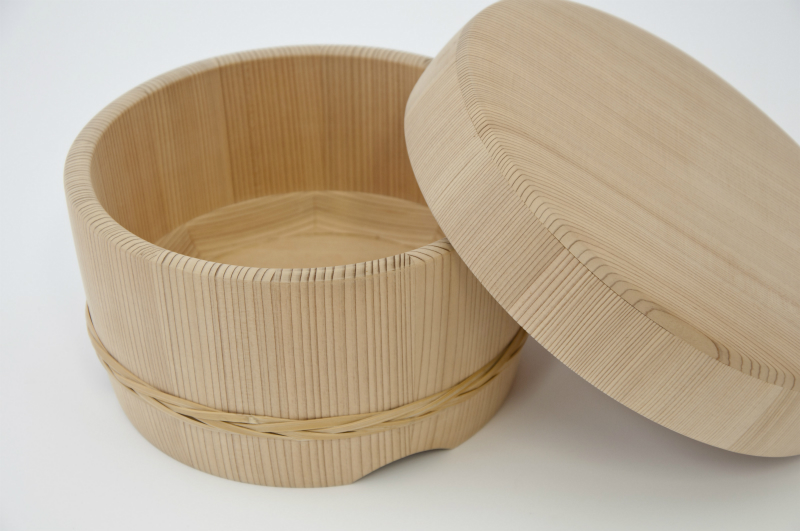
Akita cedar has a long history, its use for barrels making believed to date back to the 15th or 16th century after having been discovered at the Akita Castle ruins in Akita City. During the Edo period, Akita cedar production developed under the protection of the Satake clan, the feudal lords who ruled the region.
The main difference between barrels and casks is whether they have fixed lids or not. Akita cedar has beautiful grain, a fragrant wood aroma and moisture absorption and insulating properties. Casks with fixed lids are primarily used as sake barrels, while casks without fixed lids are used as rice containers (ohitsu). These barrels are still sought after by discerning sake breweries and chefs today.
○Inquiries :
Industrial Development Promotion Division at the Akita Prefectural Department of Industry and Labor
E-mail:induprom@pref.akita.lg.jp
Teshigoto Akita Website:https://akita-tesigoto.jp/


